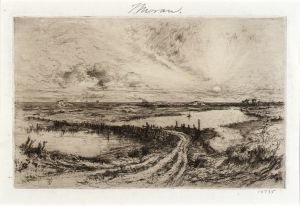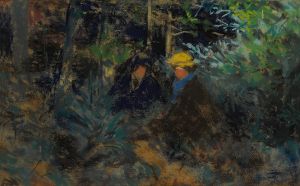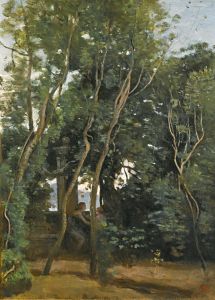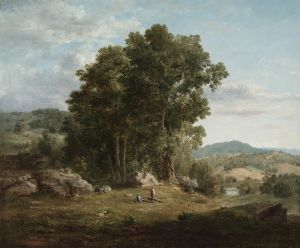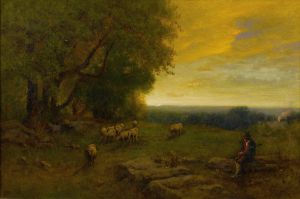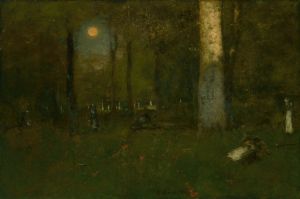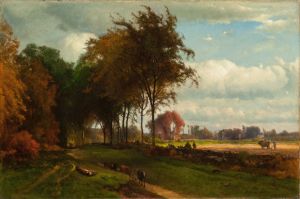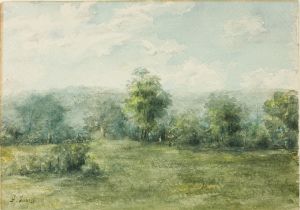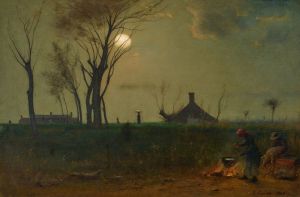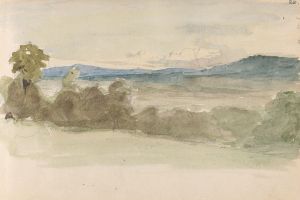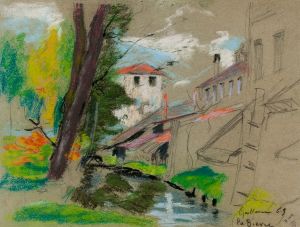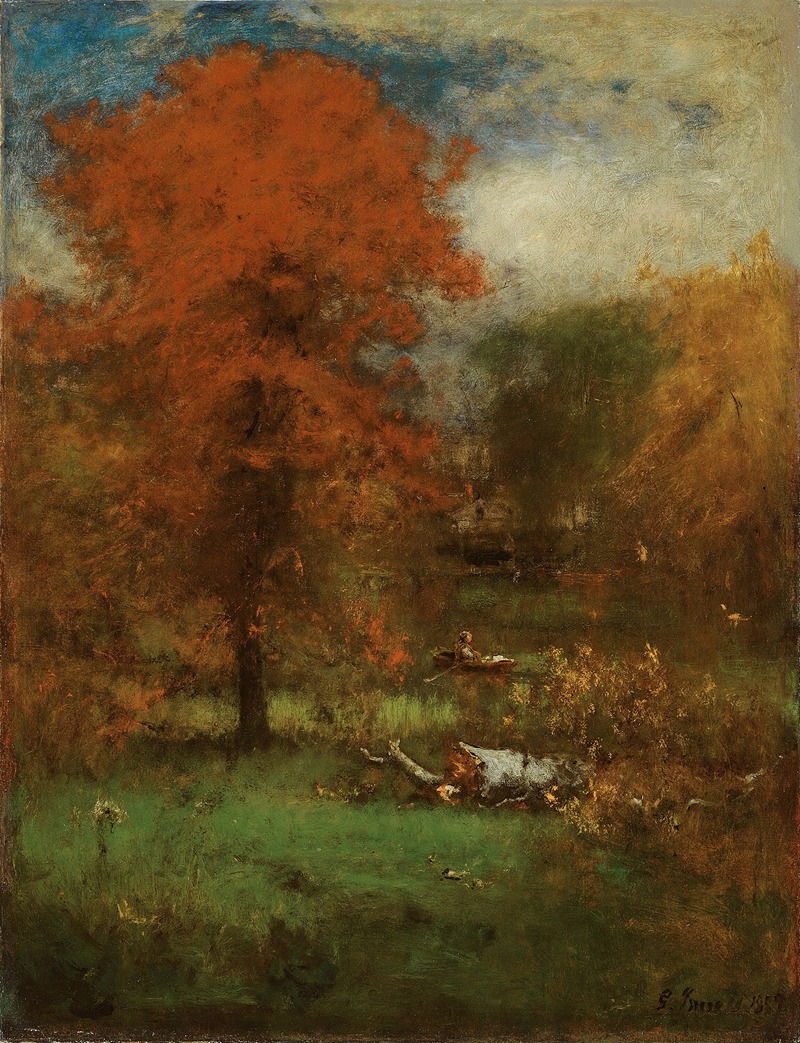
The Mill Pond
A hand-painted replica of George Inness’s masterpiece The Mill Pond, meticulously crafted by professional artists to capture the true essence of the original. Each piece is created with museum-quality canvas and rare mineral pigments, carefully painted by experienced artists with delicate brushstrokes and rich, layered colors to perfectly recreate the texture of the original artwork. Unlike machine-printed reproductions, this hand-painted version brings the painting to life, infused with the artist’s emotions and skill in every stroke. Whether for personal collection or home decoration, it instantly elevates the artistic atmosphere of any space.
"The Mill Pond" is a painting by the American artist George Inness, who is widely recognized as one of the foremost landscape painters of the 19th century. Born in 1825, Inness was a key figure in the development of American landscape painting, and his work is often associated with the Hudson River School, although his style evolved significantly over his career.
Painted in 1888, "The Mill Pond" exemplifies Inness's mature style, which is characterized by a more atmospheric and tonal approach compared to his earlier, more detailed and realistic works. This painting reflects his interest in the spiritual and emotional aspects of nature, influenced by the philosophical ideas of Emanuel Swedenborg, a Swedish theologian whose writings Inness admired.
"The Mill Pond" depicts a serene and idyllic landscape, capturing the tranquility of a rural scene. Inness's use of soft, diffused light and a harmonious color palette creates a sense of peace and contemplation. The composition is carefully balanced, with the mill pond itself serving as a focal point, surrounded by lush greenery and trees that frame the scene. The reflection of the sky and surrounding foliage in the water adds to the painting's tranquil atmosphere.
Inness's technique in "The Mill Pond" involves the use of loose brushwork and subtle gradations of color, which contribute to the overall sense of harmony and unity in the painting. This approach marks a departure from the more precise and detailed style of his earlier works, reflecting his belief that art should convey the artist's emotional response to the subject rather than a mere representation of reality.
Throughout his career, Inness was influenced by various artistic movements and styles, including the Barbizon School, which emphasized naturalism and the depiction of rural life. His travels to Europe, particularly Italy and France, also had a significant impact on his work, exposing him to different techniques and ideas that he incorporated into his own style.
"The Mill Pond" is part of Inness's later body of work, which is often seen as his most accomplished and innovative period. During this time, he focused on capturing the mood and atmosphere of the landscape, using color and light to evoke a sense of spirituality and introspection. This approach resonated with contemporary audiences and contributed to his reputation as a leading figure in American art.
Today, George Inness is celebrated for his contributions to the development of landscape painting in the United States. His works, including "The Mill Pond," are held in high regard for their ability to convey the beauty and serenity of the natural world, as well as their exploration of the deeper, spiritual connections between humanity and nature. His paintings can be found in major museums and collections across the country, where they continue to inspire and captivate viewers with their timeless appeal.





